Harmonic Analysis (RMA) Worksheet for the song: "Yellow Submarine".
Harmonic Analysis (RMA) Worksheet for the song: Yellow Submarine.
Yellow Submarine is a song by the English rock band the Beatles from their 1966 album Revolver. It was also issued on a double A-side single, paired with "Eleanor Rigby". Written as a children's song by Paul McCartney and John Lennon, it was drummer Ringo Starr's vocal spot on the album. The single went to number one on charts in the United Kingdom and several other European countries, and in Australia, Canada and New Zealand. It won an Ivor Novello Award for the highest certified sales of any single written by a British songwriter and issued in the UK in 1966. In the US, the song peaked at number two on the Billboard Hot 100 chart and number one on the Cash Box Top 100 chart. (wikiwand);
The Beatles recorded "Yellow Submarine" during a period characterised by experimentation in the recording studio. After taping the basic track and vocals in late May 1966, they held a session to overdub nautical sound effects, party ambience and chorus singing, recalling producer George Martin's previous work with members of the Goons. As a novelty song coupled with "Eleanor Rigby", a track devoid of any rock instrumentation, the single marked a radical departure for the group. The song inspired the 1968 animated film Yellow Submarine and appeared as the opening track on the accompanying soundtrack album. (wikiwand);
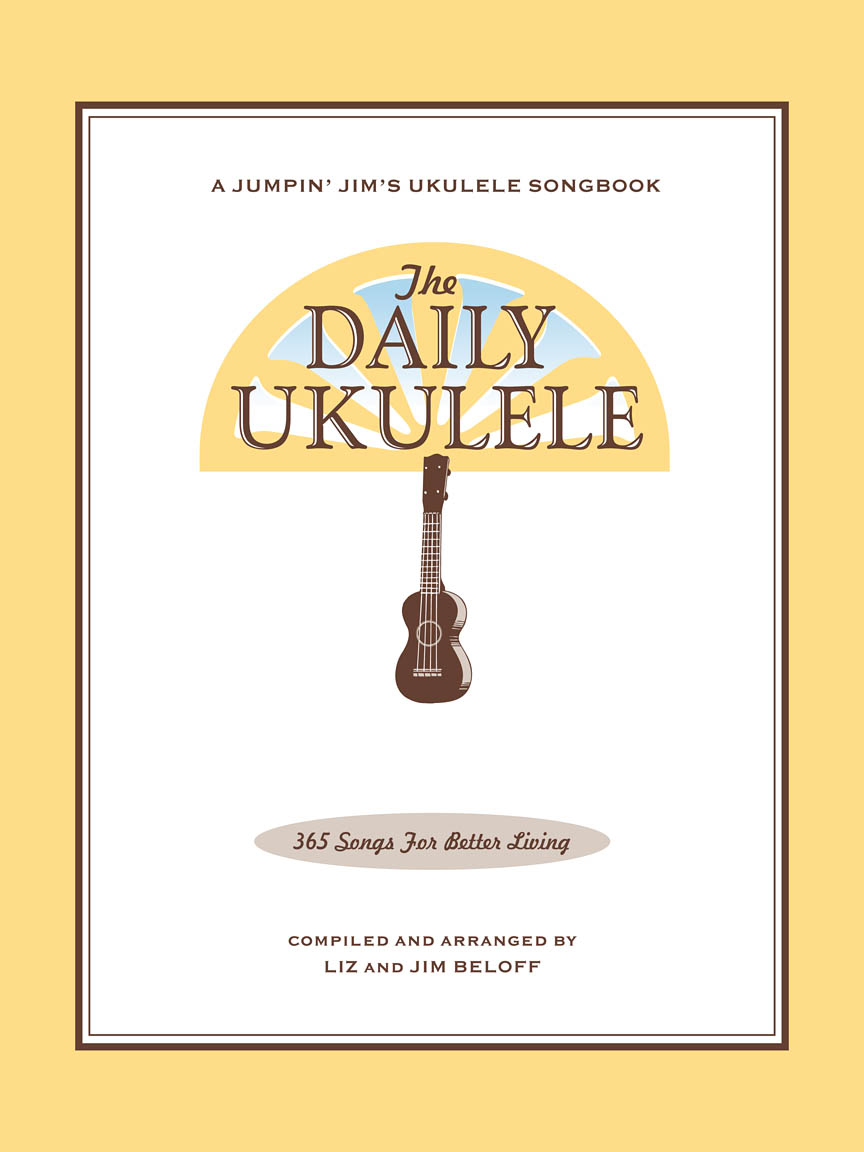
The Daily Ukulele— 365 Songs for Better Living book.






Song Form:
A A B A
No need for a worksheet with such a simple Full Diatonic chord progression.
All the chord for this songs come right out of the chords of the major key.
In a short amount of time you'll come recognize these simple chord progressions, just by the chord grids listed at the top of the leadsheet (page). And, hearing where the chords are naturally changing.
Verses
Chorus
With the VII scale degree being a Diminished or Half-Diminished Seventh chords. A super, super rare chord to be used in a Full Diatonic Major progression. The III, Am chord is to only full diatonic chord no used.
Scale Choices
For a Full Diatonic chord progression the first choice scale is the Major scale in the key of the progression. A subset of the Major scale is the Major Pentatonic – the Major scale with no 4th or 6th scale degrees.
A Harmonic Analysis (RMA/HA) and its worksheet are intended to show the function of the chords, the harmonic principles used, the keys and tonalities the song explores. And, can be used for scale selections and chord and scale substitutions.
lead leadsheet.Minimal roadmap information such as repeats, fine, D.S., D.C., and codas has been used in preparing the worksheets to somewhat mirror the leadsheet in the Daily Ukulele book.
Yellow Book. You should start to recognize that 1st endings typically always return to a previous verse or an
 section. With a 2nd ending, a transition to a different part of the song, a
section. With a 2nd ending, a transition to a different part of the song, a  or chorus. Harmonic Principles are used for these repeats and transitions.
or chorus. Harmonic Principles are used for these repeats and transitions.- Yellow Submarine is in 4/4, Common Time and the Key of C . Original Key: C#/Db, 111 bpm (depending on version).
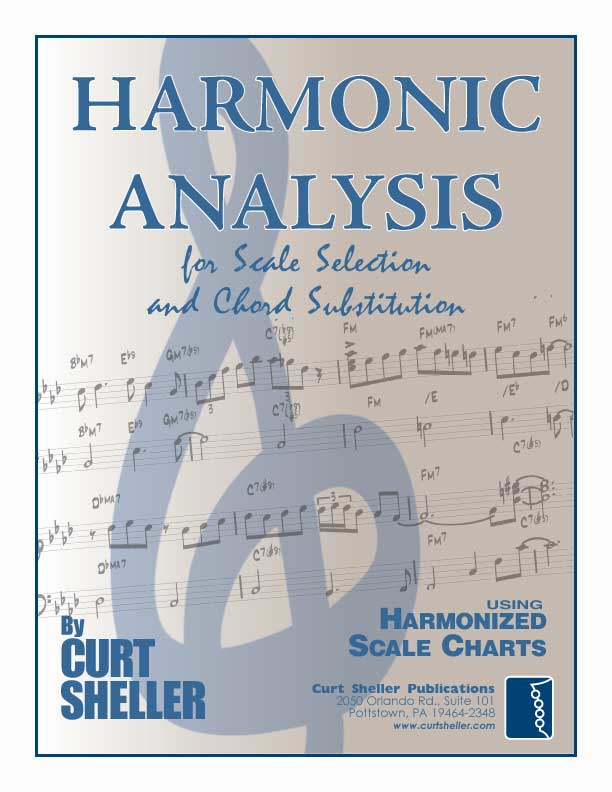
Contemporary Scales: Minor Pent: Minor Pentatonic, Pent: Major Pentatonic, Blues,
Scale/Mode Names: Ion: Ionian (Major), Dor: Dorian (Minor), Phrygian: Phrygian, Lyd: Lydian, Mix: Mixolydian (Dominant), Aeol: Aeolian (Natural Minor), Loc: Locrian
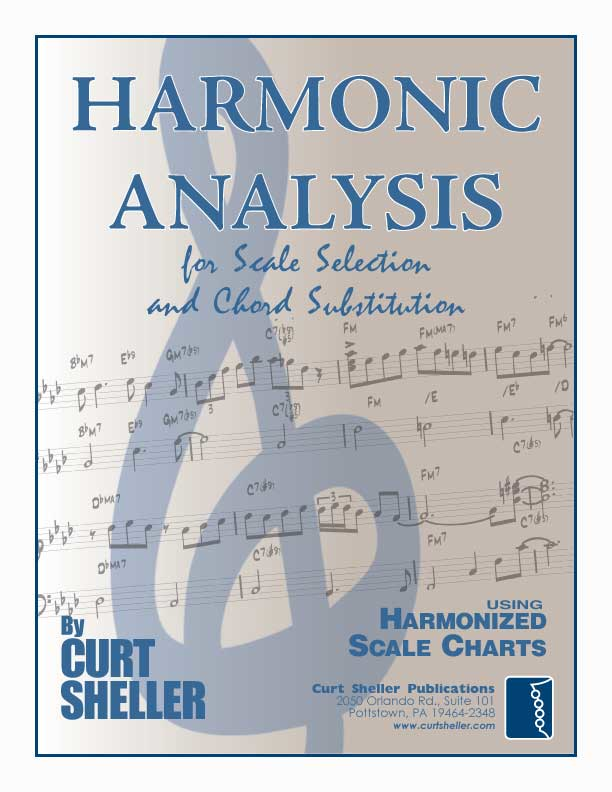

Verses
A three and one feel.
Chorus
The I and V chords, straight four feel.
First Ending Brass Band Fill
To fill the two-bar gap following the line And the band begins to play
, (George) Martin and engineer Geoff Emerick used a recording of a brass band from EMI's tape library. They disguised the piece by splicing up the taped copy and rearranging the melody. (wikiwand);

Recommended fingering for continuity of notes to string displacement. Often open strings don't mess that well when the majority of the other notes are fretted.
- (wikiwand) Yellow Submarine
- (wikiwand); Yellow Submarine
- Yellow Submarine •
Related Lessons, Videos, Lesson Series, Songs, Books & Reference Charts, Resources & Assets, Workshops are below.
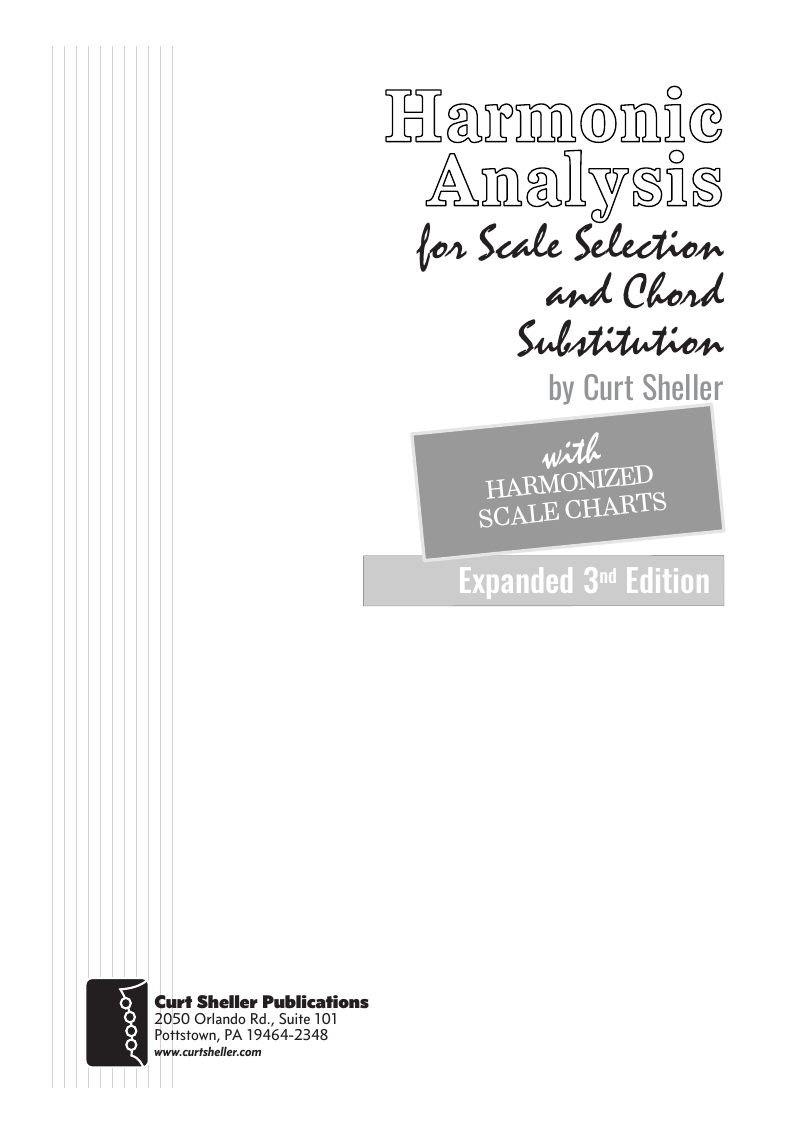
Harmonic Analysis ( HA ) is the process used to determine the harmonic function of chords within a chord progression. A chord progression is defined as a sequence of chords, each chord has a root and has a particular chord type. The relationship of a chord's root to a scale determines its function within that scale's tonality. Once a chord's function is identified, scale selections along with chord and scale substitutions can be made. This process is called Root Movement Analysis ( RMA ). This series of lessons are extracted from my book for use with individual private and on-line students. Each lesson directly corresponds the chapters in my book Harmonic Analysis for Scale Selection and Chord Substitution by Curt Sheller (me).

Harmonic Analysis (HA), also known as the study of chord relationships, is the method used to identify the harmonic role of chords within a chord progression or song. A chord progression refers to a sequence of chords, with each chord having a root note and belonging to a specific chord type. The function of a chord within a particular scale's tonality is determined by its relationship to that scale.

Harmonic Analysis is the understanding of the functional sequence of chords. It is the process used to analyze the harmonic structure of a progression, song or composition. This analysis is then used to make scale selections for improvisation and chord substitution.
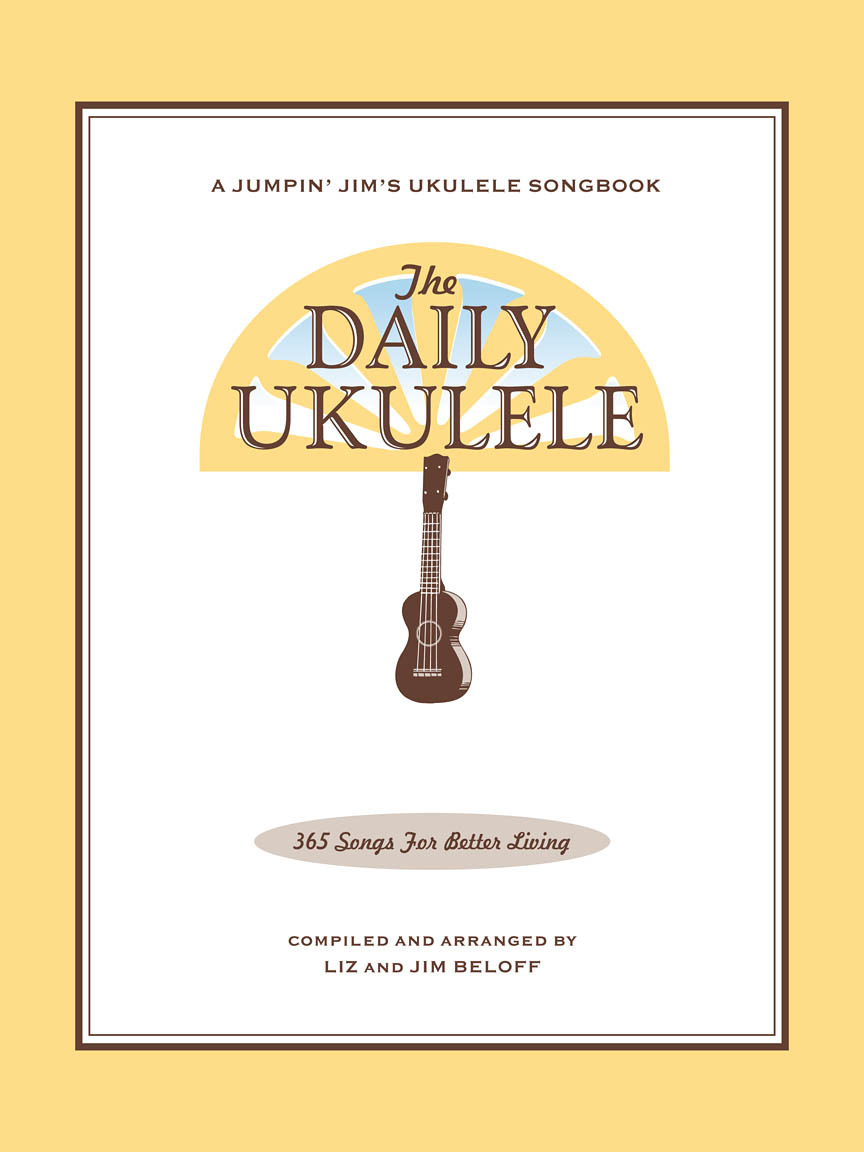
Strum a different song every day with easy arrangements of 365 of your favorite songs in one big songbook! The Daily Ukulele features ukulele arrangements with melody, lyrics and uke chord grids and are in ukulele-friendly keys that are particularly suited for groups of one to one hundred to play and sing.

Finally, learn the names of the notes of the ukulele fingerboard in C tuning .

Learn the six fingering principles to navigating the ukulele fingerboard. Fingering is one of the most universal topics. Book: Six Secrets of the Ukulele Fingering

Harmonic Analysis is the understanding of the functional sequence of chords. It is the process used to analyze the harmonic structure of a progression, song or composition. Book: Harmonic Analysis for Scale Selection and Chord Substitution

Learn to read single note melodies in the first/open position is a lot easier than you might think. Book: Ukulele – Reading Music Series – Primer

An organized collection of daily practice and reference material for the contemporary ukulele player for developing the vocabulary and knowledge necessary for single note playing. Book: Daily Practice Material for the Contemporary Ukulele
Checkout the Books & Reference Charts for additional Handy, Dandy Reference Charts.

Ukulele Fingerboard Chart for C Tuning, Low or High G – G C E A

Ukulele Fingerboard Chart for G Tuning, Low or High A – D G B E

A handy reference chart of all 15 major and relative minor key signatures. US Letter 8.5 x 11 sized (ANSI-A), A4
Checkout the Books & Reference Charts for additional Handy, Dandy Reference Charts.







.jpg)